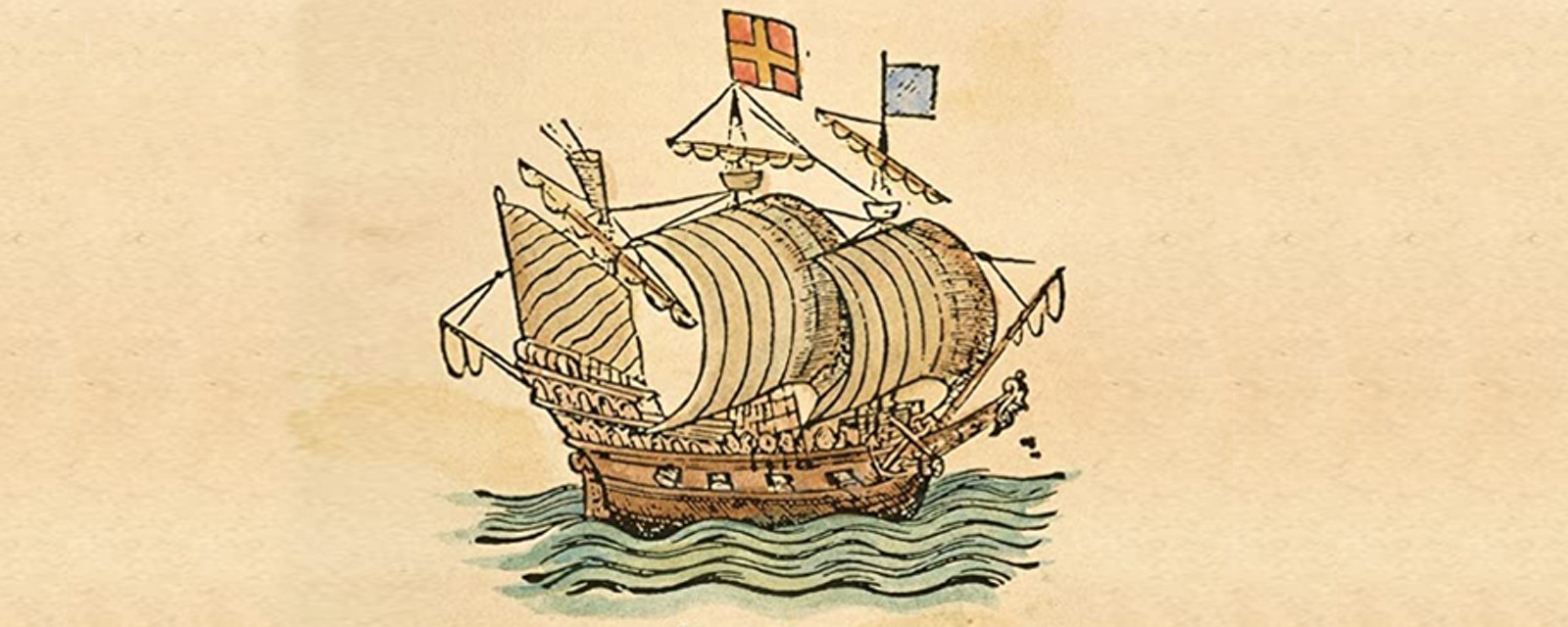The Virginia Company of London
The Virginia Company was in operation for less than 20 years but was an important step in the growth of the British Empire, and it set the foundation for the English colonisation of the American mainland.

This illustration is from Nova Britannia, a Virginia Company promotion pamphlet written by Robert Johnson and published in London in 1609. Johnson described the colony as a place of peace and posterity, where the native people were happy to receive English settlers.
There were by then three distinct groups of investors in the company. The first, led by Smythe, consisted of wealthy merchants. Smaller investors were represented by the MP Sir Edwin Sandys. He was a strong advocate of English overseas trade and invested in both the East India Company and Virginia Company. Robert Rich, 2nd Earl of Warwick was the leader of the third group.
Rich, who inherited the title of Earl of Warwick in 1619, together with Edwin Sandys and Warwick’s brother Henry Rich, Earl of Holland, was part of a group of English gentry with theological views outside of the established Church of England, and who were fiercely anti-Spanish. During the first half of the 17th century there was a growing body of such ‘godly’ people, as they would describe themselves, or Puritan as they were later termed, who sought to increase England’s prosperity by creating overseas colonies. Those settlements could then provide new homes for those of independent Protestant views. Rich founded the Guinea Company in 1618, with a monopoly on trading with Africa.
Sandys and the Earl of Warwick held many similar views and were unlike the more conservative, Royalist and Anglican merchants such as Smythe. The smaller investors could ill-afford to lose their investment in the struggling company and were therefore unhappy with Smythe’s leadership. The Sandys and Rich groups joined together and took control of the Virginia Company. In 1619 John Ferrar was appointed as the deputy to Sandys and company meetings were held in the house of his father.
The alliance between Sandys and Warwick was short-lived. Sandys was wary of Warwick’s privateering activities plundering Spanish ships, while Warwick was unhappy when his ship the Treasurer, carrying a cargo of enslaved Africans, had not been welcomed by the Governor of Virginia. Warwick switched allegiance and joined the Smythe faction of City merchants. A petition was sent to the Privy Council in 1622 accusing the company of gross mismanagement. Royal commissioners were sent to Virginia in 1624 and in May of that year King James formally revoked the company’s charter. The King appointed a commission charged with establishing a new corporate body with the same powers as the Virginia Company, with a monopoly on trade. James was already seriously ill by then, died less than a year later, and the commission was abrogated and never re-established under Charles I. By then Virginia was anyway being developed and expanded almost entirely by local settlers who reverted to free trade for their tobacco and provisioning. The early investors abandoned their interest in Atlantic colonies and instead continued trading with the Mediterranean (as the Levant Company) and Far East (as the East India Company), which left the tobacco trade open to a new group of independent merchants. Warwick and his associates turned their attention to the Caribbean.
The Somers Isles Company was not dissolved at the same time as the Virginia Company and continued for a few more decades, although without much interest from City investors. By the middle of the century the name of the Somers Islands was changed to Bermuda. Unlike other English colonies, Bermuda did not rely on agriculture and by the end of the 17th century had primarily a maritime economy. Mismanagement by the Somers Isles Company resulted in the resident islanders petitioning the Crown. The company’s charter was revoked in 1684 during the reign of Charles II and thereafter Bermuda became a Crown Colony.
Smythe and the leading City overseas merchants of the time, who operated within the established companies such as the Muscovy, East India and Levant, were a class of men from wealthy families. They were members of the Church of England and loyal to the monarch. Those who took over trading with the Americas were quite different. Many were from middling families of tradesmen and artisans, with godly religious beliefs outside of the Anglican church, and without any strong loyalty to the monarchy. Most lacked superior social ranking and political privileges so had been unable to enter the prominent overseas trading companies. Some of these new merchants emigrated to Virginia from various parts of England and planted tobacco. They then went back to London to set themselves up as tobacco traders but still with involvement in both their plantations and politics in North America, some building up land-holdings under the headright system. The leading group of merchants during that period was the partnership of Maurice Thomson, William Tucker and Thomas Stone and over several decades these men would be among some of the greatest traders with the English colonies in North America and the West Indies.
Sources include: L.H. Roper ‘Advancing Empire’; Robert Brenner ‘Merchants and Revolution’; Betty Wood ‘The Origins of American Slavery’; Derrick Knight ‘Gentlemen of Fortune’.
< Return to The Port of London
< Return to Early-Stuart London


